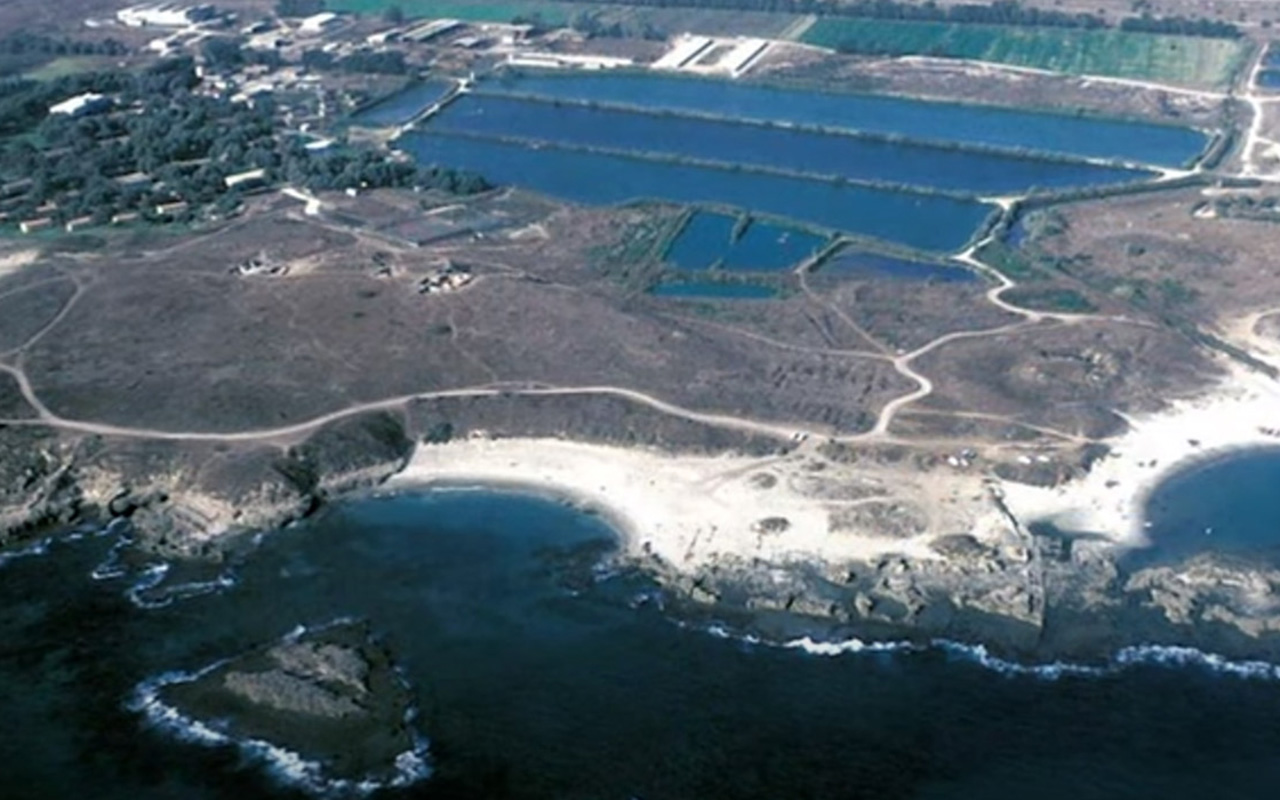
Massive Tsunami Hit the Neolithic Middle East 9,000+ Years Ago
Study may explain why previous archaeological surveys have found no evidence until the Late Neolithic for low-lying coastal villages at Tel Dor, Israel
Published Date
By:
- Inga Kiderra
Share This:
Article Content
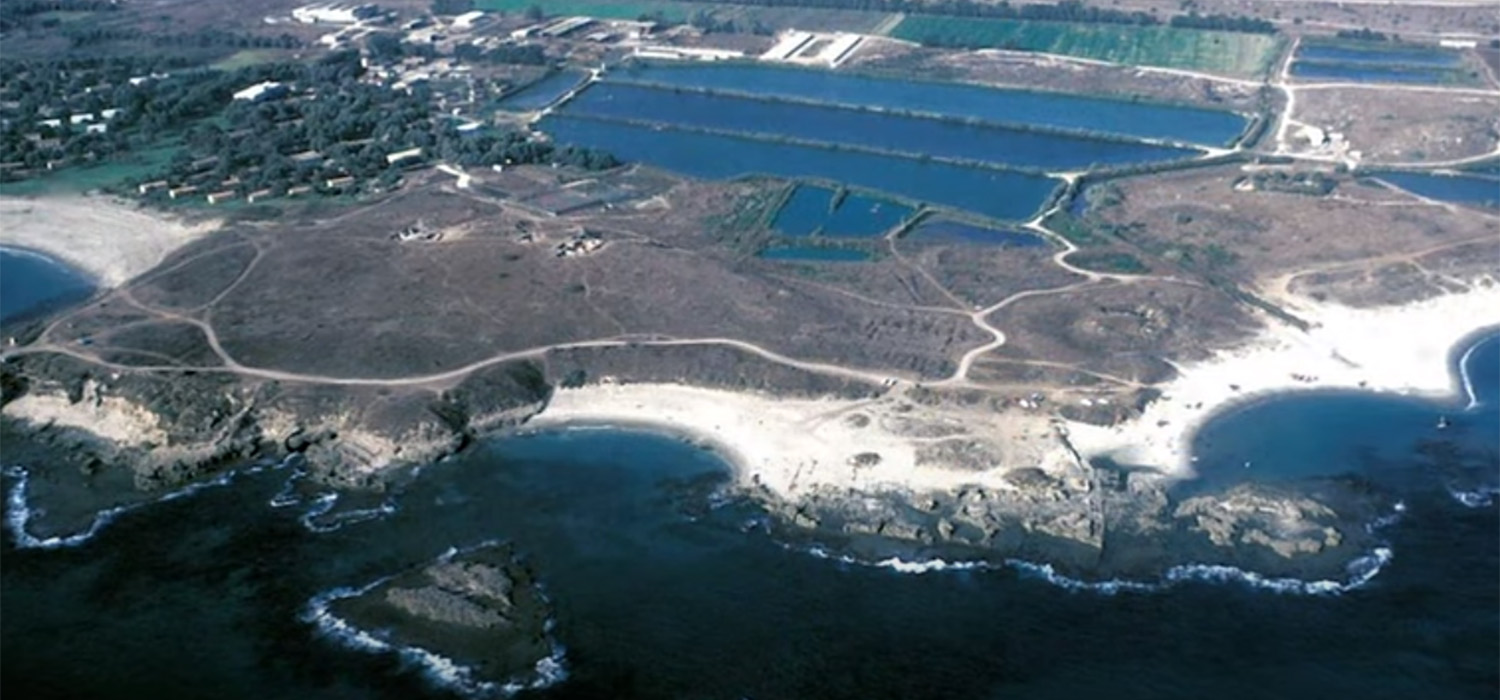
The small bays of Israel's Tel Dor. Image courtesy of University of Haifa-UC San Diego Carmel Coast Marine Archaeology Expedition.
This wasn’t Noah’s flood. But it was still a catastrophic event that profoundly changed the landscape and could have given rise to legends, too. According to a new study from an international team of researchers, a massive tsunami swept over the coastline near Tel Dor, Israel, sometime between 9,910 and 9,290 years ago.
The date makes it the oldest known paleo tsunami in the Eastern Mediterranean.
Published in the open-access journal PLOS ONE, the paper is by Gilad Shtienberg, Richard Norris and Thomas Levy from the University of California San Diego, with colleagues from Utah State University and the University of Haifa. It is part of an ongoing, long-term project between UC San Diego’s Scripps Center for Marine Archaeology (SCMA) and Haifa’s Leon Recanati Institute for Maritime Studies, directed by paper co-author Assaf Yasur-Landau, to investigate how humans have, over the past 12 millennia, adapted to climate and environmental change along Israel’s Carmel Coast.
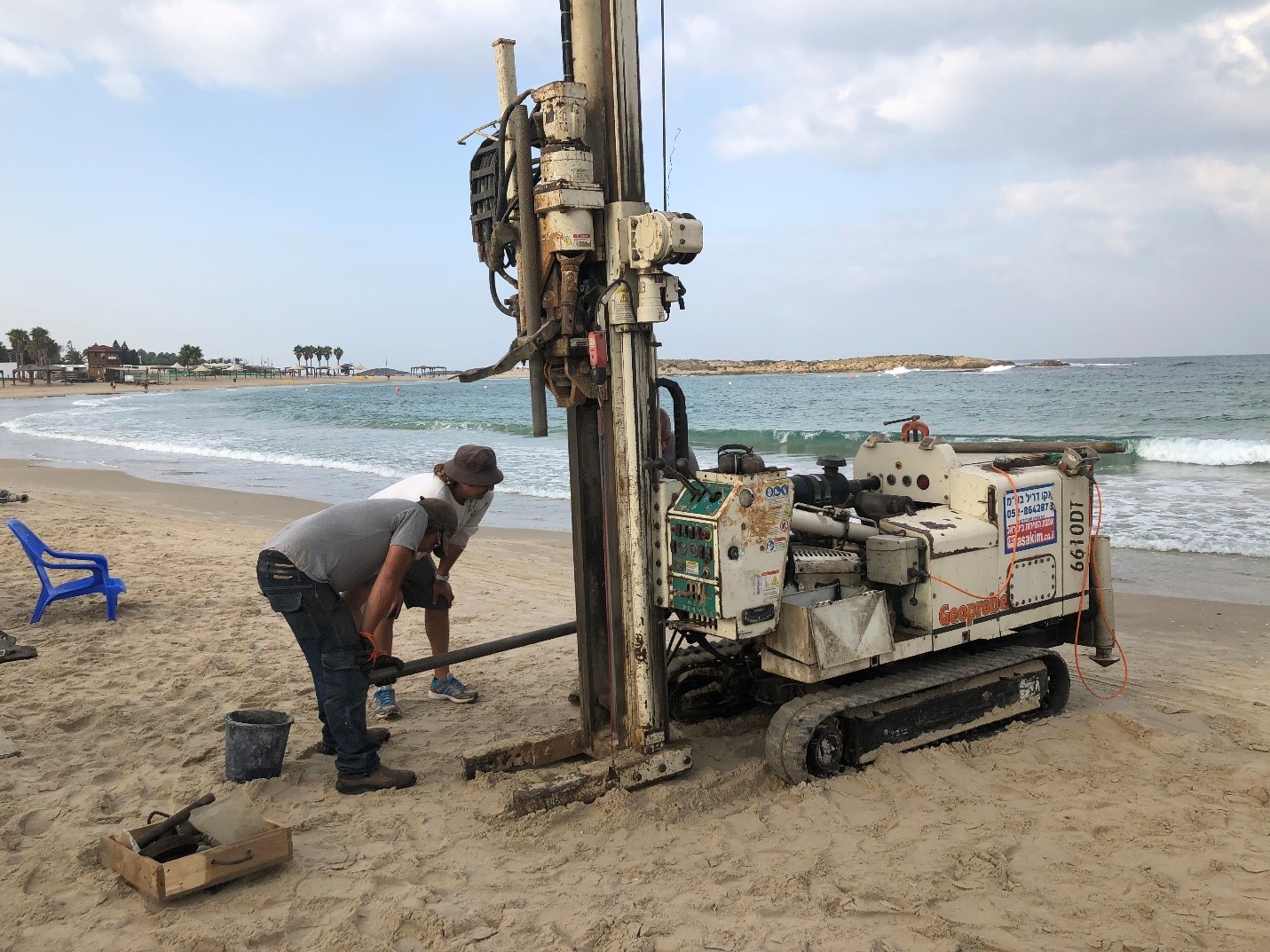
Taking a sediment core from South Bay, Tel Dor, Israel. Photo by T. E. Levy.
The researchers discovered evidence for the tsunami by cutting open sediment cores from their coastal study area at the South Bay of Tel Dor. In these samples, they found an abrupt layer of seashells and sand, dated to between 9,910 and 9,290 years ago, in the middle wetland layers deposited 15,000 to 7,800 years ago. The only way that this marine material could have arrived so far inland, or what would have been inland at that time, the authors determined, was through a destructive wave.
They estimate that the wave capable of doing this would have traveled inland between 1.5 to 3.5 kilometers (about 1 to 2 miles) and would have been between 16 and 40 meters (52 to 130 feet) high at the coast.
Tsunamis are not uncommon in the eastern Mediterranean; historical records and geographic data suggest that a tsunami has been occurring about once per century over the past 6,000 years. For comparison, however, previously documented tsunami events have traveled inland only around 300 meters (or about 1,000 feet). In other words, this Neolithic event was significant. The authors suspect a strong earthquake on the Dead Sea Fault System was followed by an underwater landslide.
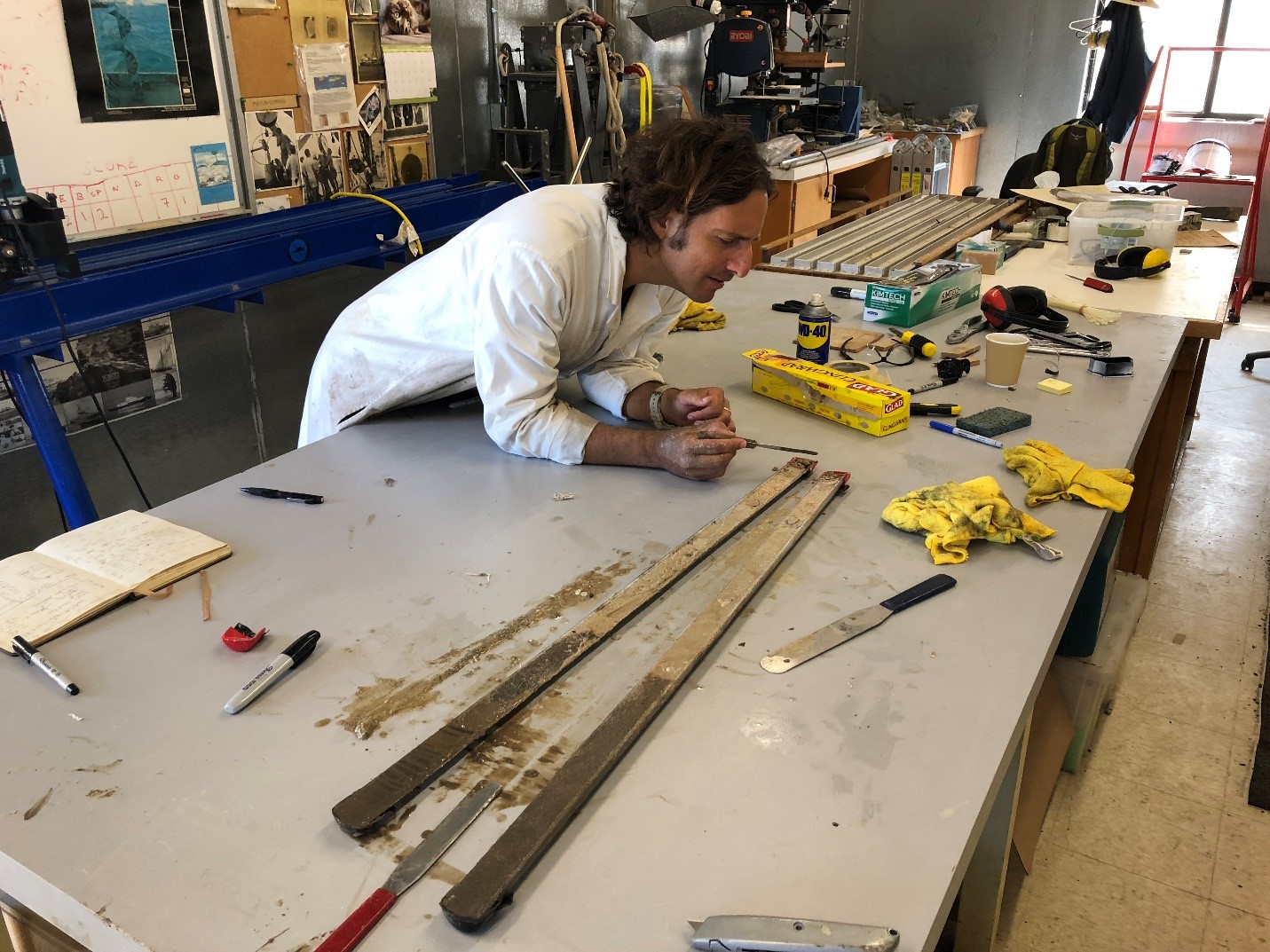
Gilad Shtienberg identifies tsunami deposit in sediment core from Tel Dor. Photo by T. E. Levy.
If there was a village at the site, this tsunami would have devastated it – and destroyed crop lands, pastures and herds, as well as near-shore marine fisheries and resources.
This event, which occurred during the Early to Middle Neolithic cultural periods of the region, might explain why previous archaeological surveys have found no evidence for low-lying coastal villages in that particular area until the late Neolithic, the researchers said. The evidence for earlier settlement may have been wiped out.
“We can’t know for sure why people weren’t living there, in a place otherwise abundant with evidence of early human habitation and the beginnings of village life in the Holy Land,” said Levy, the paper’s senior author, co-director of UC San Diego’s SCMA and an archaeology professor in the university’s Department of Anthropology. “Was the environment too altered to support life? Was the tsunami part of their cultural knowledge – did they tell stories of this destructive event and stay away? We can only imagine.”
By the Late or Pottery Neolithic period, however, archaeological sites along the coast begin to reappear – and coincide with the resumption of wetland deposition in the core samples from Dor, indicating resettlement and highlighting, Levy said, people’s resilience in the face of massive disruption.
One of those rare Pottery Neolithic submerged sites was excavated at the South Bay of Tel Dor by Assaf Yasur-Landau and Levy’s joint University of Haifa-UC San Diego team as part of the PLOS ONE paper.
To conduct their analysis, the authors of this paper used photogrammetric remote sensing techniques to create a digital model of their study area at Tel Dor, combined with underwater excavation and terrestrial borehole drilling. The dating was locked down using a relatively new radiometric dating technique called Optical Stimulated Luminescence, or OSL, in co-author Tammy Rittenour’s Luminescence Laboratory at Utah State University. OSL dates the last time quartz sediment was exposed to light.
“Our project focuses on reconstructing ancient climate and environmental change over the past 12,000 years along the Israeli coast,” said Shtienberg, the paper’s first author and a Koret postdoctoral scholar at UC San Diego’s SCMA, who is studying the sediment cores. “We never dreamed of finding evidence of a prehistoric tsunami in Israel.”
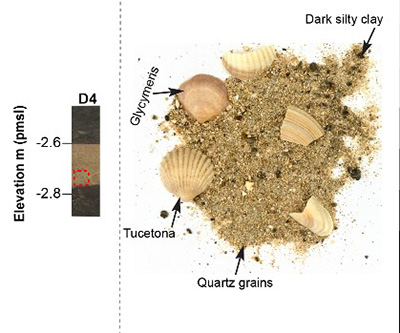
Marine shells that were transported inland by the paleo tsunami at Tel Dor, Israel. Detail of figure by G. Shtienberg, PLOS ONE.
In the future, the researchers hope to do more geophysical research in deeper water and send divers down to test their results and perhaps find evidence of earlier settlements.
The research is supported, in part, by funding from the Koret Foundation (Grant ID 19-0295); the Murray Galinson San Diego-Israel Initiative; the Israel Institute (Washington, D.C.); Marian Scheuer-Sofaer and Abraham Sofaer Foundation; Norma and Reuben Kershaw Family Foundation; Ellen Lehman and Charles Kennel - Alan G Lehman and Jane A Lehman Foundation; Paul and Margaret Meyer and the Israel Science Foundation (Grant ID 495/18).
Share This:
You May Also Like
Stay in the Know
Keep up with all the latest from UC San Diego. Subscribe to the newsletter today.
